Best Grass Types for Marietta, GA
BY STUART KUSHNER | MARCH 28TH, 2023 | GEORGIA, LAWN CARE, MARIETTAMarietta is a suburb of Atlanta, a city that’s nicknamed “Hotlanta.” Thus, hot, muggy summers are the norm. However, Marietta (and the rest of Atlanta) has a climate ideal for warm and cool-season grasses. But which ones are the best grass types for your Marietta lawn? And what’s the difference between cool and warm-season grasses?
In this article:
Cool Season Grasses vs. Warm Season Grasses
Grasses come in either cool-season or warm-season. They’re categorized depending on the seasons they grow in. As you’d expect, cool-season grasses grow in late winter to early summer (where temperatures are coldest), whereas warm-season grasses grow in late spring to early fall (where temperatures are warmest).
Cool Season Grass
- Thrives in temperatures between 55 and 75 degrees Fahrenheit
- Goes dormant in the summer
- Usually seen in the northern half of the United States
Warm Season Grass
- Thrives in temperatures between 75 and 95 degrees Fahrenheit
- Goes dormant in the winter
- Usually seen in the southern United States
Best Grass Types
Tall Fescue
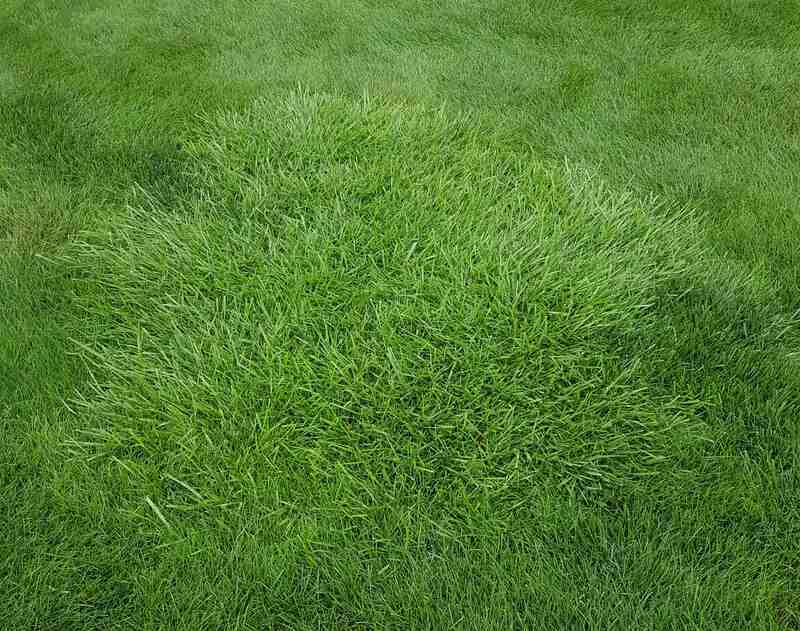
Photo Credit: Ty Haller / Flickr / CC BY 2.0
Tall fescue is one of the most popular grasses in the Atlanta area. It tolerates drought and shade and can adapt to various soil conditions. Proper care allows this grass to stay green year-round.
Because tall fescue grows in bunches, it needs pre-emergent herbicides to thwart weeds. It also needs to be reseeded every three years to keep from becoming clumpy and thin.
Classification: Cool-season
Spreads by: Bunch forming and spreads by tillers
Shade tolerance: High
Drought tolerance: High
Foot traffic tolerance: Moderate
Maintenance needs: Low
Recommended mowing height: 2 inches
Soil pH: Between 5.8 and 6.5
Perennial Ryegrass
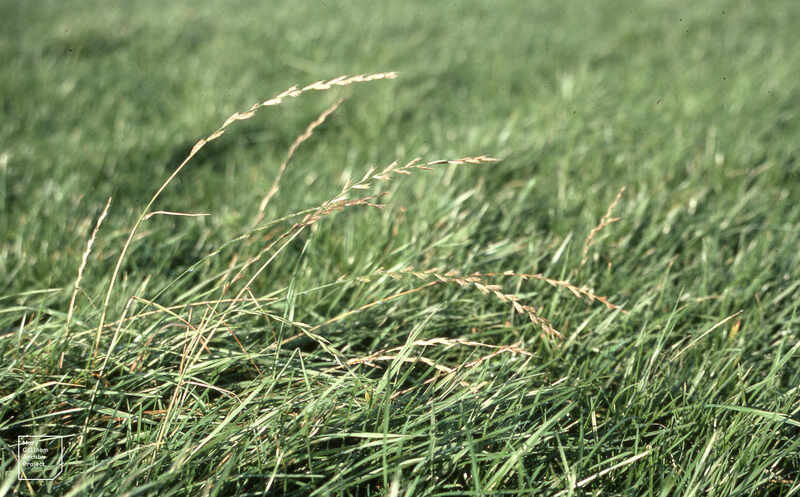
Photo Credit: Dr Mary Gillham Archive Project / Flickr / CC BY 2.0
Despite what its name suggests, perennial ryegrass isn’t a year-round grass. Marietta uses it as a temporary yard or winter cover to protect your actual year-round grass.
However, be careful about overseeding it, as it can damage the warm-season grass it covers unless you properly manage it in the spring.
Classification: Cool-season
Spreads by: Bunch forming and spreads by tillers
Shade tolerance: Needs moderate sun (at least 4 to 5 hours)
Drought tolerance: Low
Foot traffic tolerance: High
Maintenance needs: Low
Recommended mowing height: 1.5 to 2.5 inches
Soil pH: Between 6 and 7
Kentucky Bluegrass
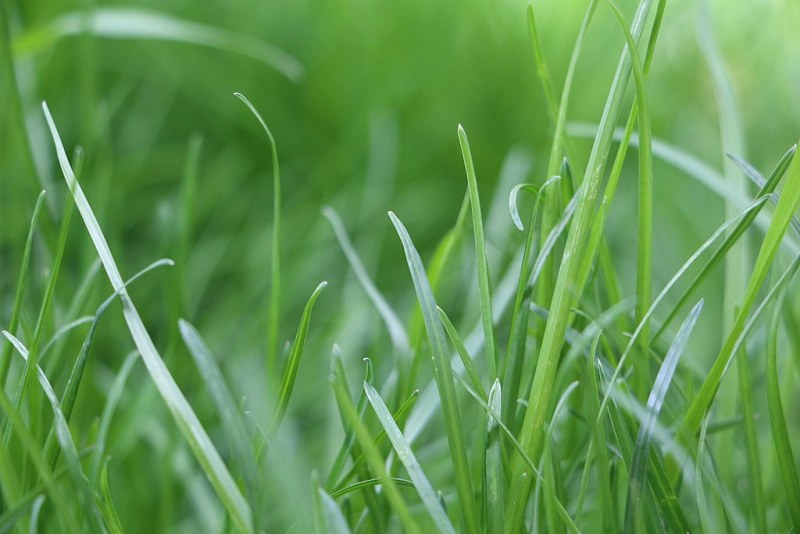
Photo Credit: Pilot138-17 / Wikimedia Commons / CC BY-SA 4.0
Kentucky bluegrass is a bright green grass that tolerates heavy use and foot traffic. Though it grows best in partial shade, it will grow in full sunlight if given enough water. Kentucky bluegrass becomes semi-dormant in summer and grows best in neutral soils.
Classification: Cool-season
Spreads by: Rhizomes
Shade tolerance: Moderate
Drought tolerance: Moderate
Foot traffic tolerance: High
Maintenance needs: Moderate
Recommended mowing height: 2.5 to 3 inches
Soil pH: Between 6 and 7
Centipedegrass
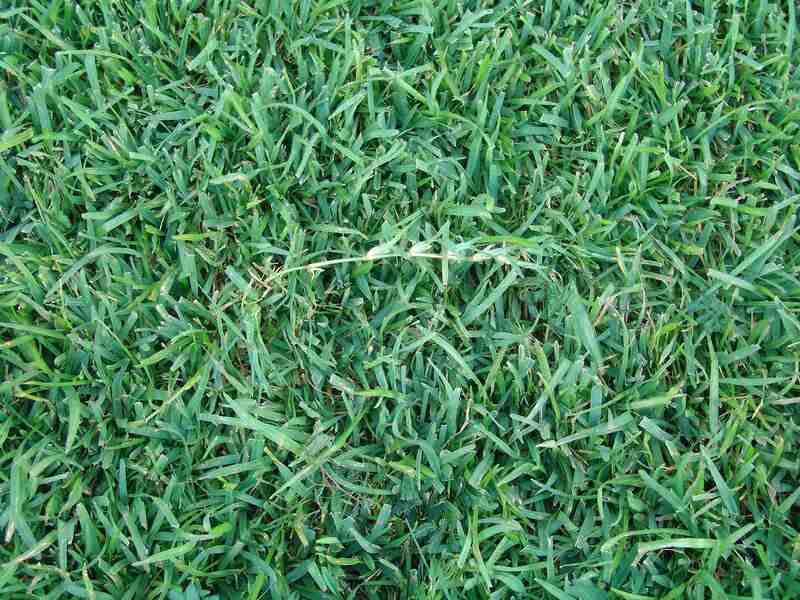
Photo Credit: James Becwar JamesBecwar / Wikimedia Commons / CC0
If you want low-maintenance grass, centipedegrass is an excellent option. It tolerates drought, grows best in full sunlight, and fights off insects and diseases well.
However, centipedegrass doesn’t handle foot traffic well, so if you plan on letting your kids and pets run around in the yard a lot, you’ll want to pick another grass.
Classification: Warm-season
Spreads by: Stolons
Shade tolerance: Moderate
Drought tolerance: High
Foot traffic tolerance: Low
Maintenance needs: Low
Recommended mowing height: 1.5 to 2 inches
Soil pH: Between 5 and 6
St. Augustinegrass
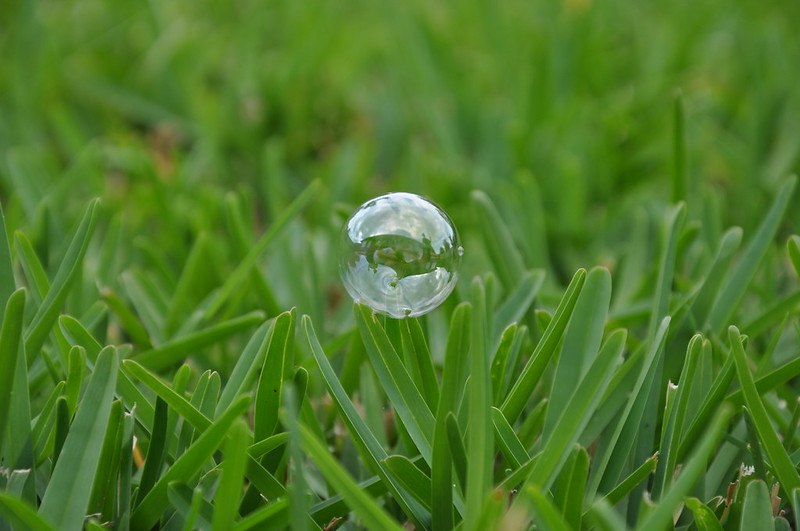
Photo Credit: Jay Morgan / Flickr / CC BY-ND 2.0
St. Augustinegrass is a fast-growing grass that can form a dense and attractive lawn. It performs best in full sun, although it can handle partial shade.
However, St. Augustinegrass can’t tolerate cold or heavy foot traffic, and because it grows so quickly, it needs frequent mowing.
Classification: Warm-season
Spreads by: Stolons
Shade tolerance: Low, but some varieties can tolerate more shade
Drought tolerance: High
Foot traffic tolerance: Moderate
Maintenance needs: High
Recommended mowing height: 3.5 to 4 inches
Soil pH: Between 6 and 6.5
Zoysiagrass
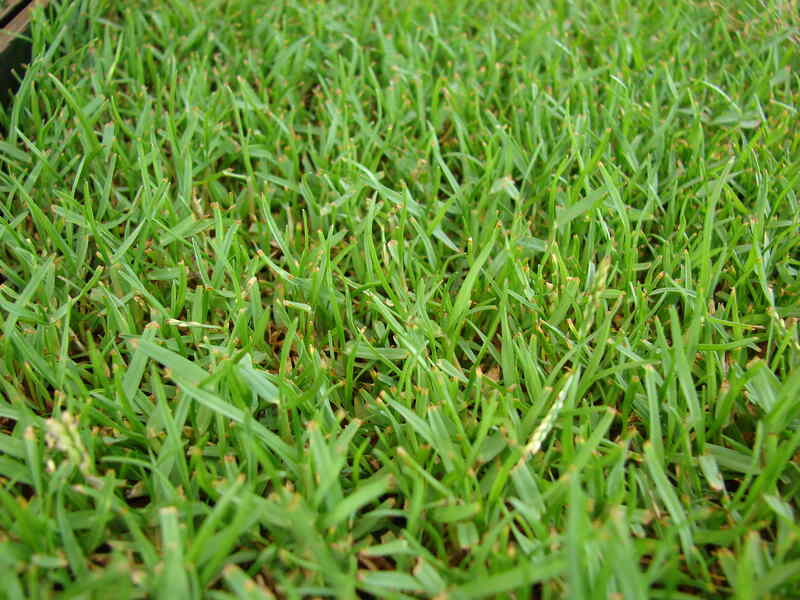
Photo Credit: Forest and Kim Starr / Flickr / CC BY 2.0
Zoysiagrass is one of the more versatile grasses in Marietta. It forms a dense turf when properly maintained and can handle various soils. It prefers full sun and needs eight hours of sunlight daily to perform at its best, although some varieties can tolerate shade.
However, zoysiagrass can’t tolerate cold and grows more slowly than other turfgrasses. It also needs more watering during the summer months.
Classification: Warm-season
Spreads by: Stolons and rhizomes
Shade tolerance: Moderate
Drought tolerance: High
Foot traffic tolerance: High
Maintenance needs: Low
Recommended mowing height: 1 to 2 inches
Soil pH: Between 5.8 and 7
Bermudagrass
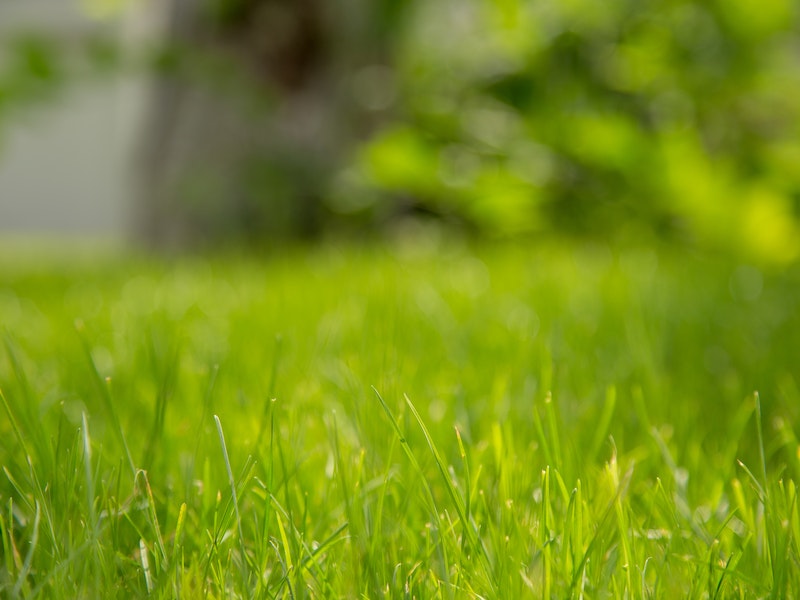
Photo Credit: Pexels
Bermudagrass is a textbook example of warm-season grass. It grows best during the warm months, goes dormant during the winter months, and thrives in hot weather. It also grows in many soils and can become a firm turf with proper maintenance.
However, Bermudagrass spreads quickly around flower beds, walks, and borders, and if fertilized well enough, it’ll need frequent mowing. If you want low-maintenance grass, this isn’t it.
Classification: Warm-season
Spreads by: Stolons and rhizomes
Shade tolerance: Low
Drought tolerance: Moderate
Foot traffic tolerance: High
Maintenance needs: High
Recommended mowing height: 1 to 1.5 inches
Soil pH: Between 5.8 and 7
FAQ About Grass Types for Marietta
If you’re too busy to invest a lot of time in your lawn, go for centipedegrass.
Bermudagrass, zoysiagrass, Kentucky bluegrass, and perennial ryegrass are the way to go.
If your yard gets a lot of shade, anything but Bermudagrass and perennial ryegrass can work.
Choose the Right Grass and Plants for Your Marietta Landscape
When picking suitable grass, you must understand your yard and how much work you want to put into it.
After choosing your grass, supplement your yard with some of the best native plants in Marietta and take it to the next level with some low-maintenance landscaping ideas.
Keep your lawn healthy with help from some of Wikilawn’s Marietta lawn care pros.
Main Photo Credit: Communications Office / Flickr / CC BY 2.0